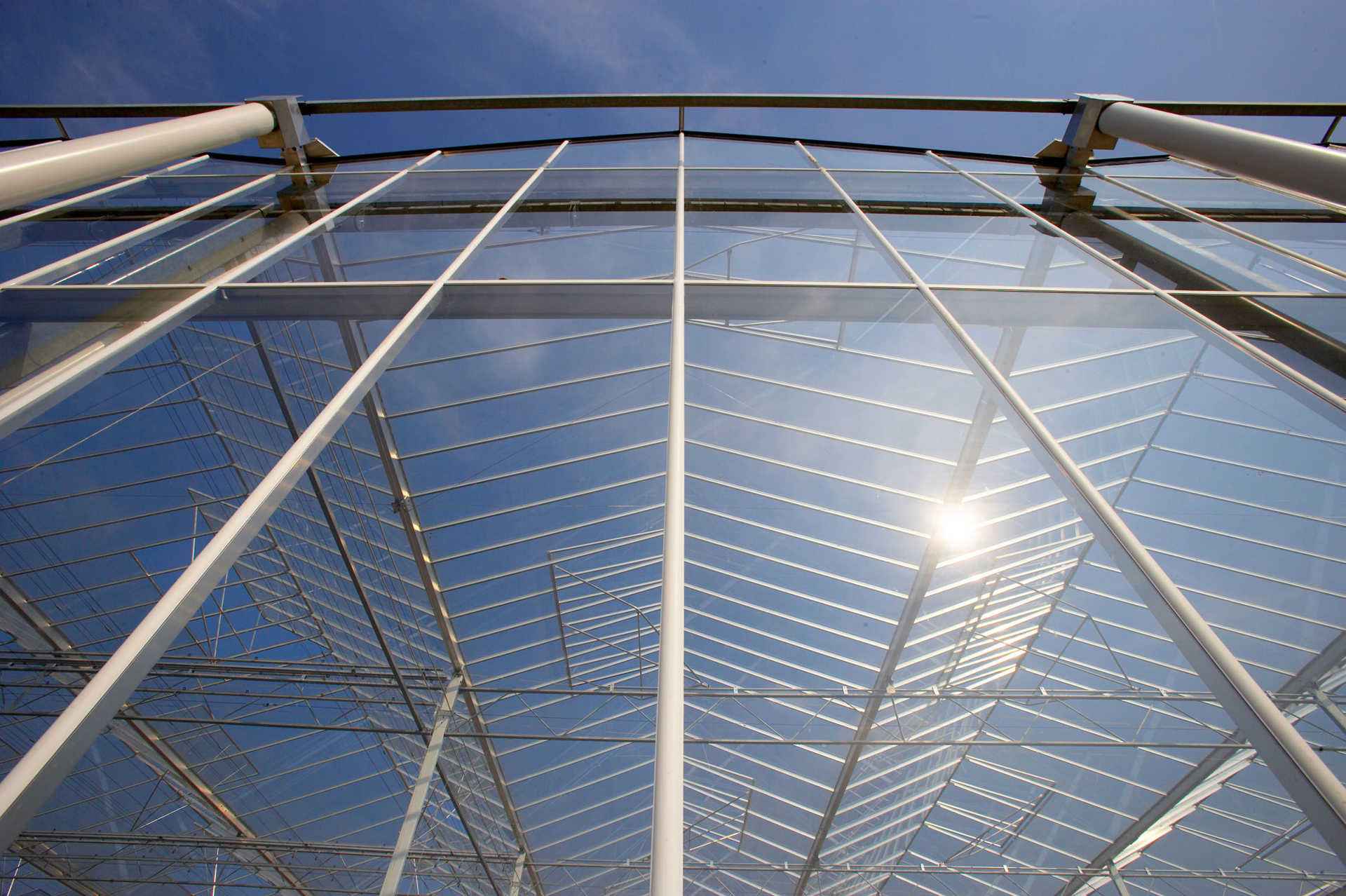Ambient Temperature

Short definition
Ambient Temperature (greenhouse): the dry-bulb air temperature inside the greenhouse air space, measured near the crop, and used as the primary control variable for heating, ventilation, and humidity calculations.
Expanded definition
=Ambient Temperature is the primary dry-air temperature metric tracked by greenhouse climate-control systems, representing the air mass in the canopy space that exchanges heat with the crop. It informs setpoints for heating, ventilation, and humidification, and is used in energy-balance calculations and climate-model outputs within the control software. Ta interacts with humidity, radiation, and transpiration to determine vapor-pressure deficit, condensation risk, and ventilation needs, so it should be interpreted alongside RH and wet-bulb measurements. Accurate Ta requires properly placed aspirated sensors, shielding from direct solar input, and routine calibration to avoid biases and reflect rapid day-night transitions. Synonyms and abbreviations: air temperature, greenhouse air temperature, Ta, dry-bulb temperature (inside greenhouse), room temperature (greenhouse context).
In Greenhouse Context
Ambient Temperature matters because it defines the air environment that crops interact with continuously across day and night cycles. In most modern greenhouses, Ta serves as the primary input to heating, ventilation, and dehumidification strategies, shaping energy use, air exchange rates, and dew-point risk management. It also interacts with other climate variables—relative humidity, vapor pressure deficit, canopy radiation, and plant transpiration—to determine the instantaneous heat and mass transfer between the air and the crop. Accurate Ta readings enable reliable control of fan speeds, heater outputs, humidifiers, and vent openings, reducing energy waste while maintaining target VPD ranges that support steady photosynthesis and fruit set. Sensor placement and instrumentation design are critical: aspirated shields, radiation screens, and shielded enclosures minimize solar heating biases; sensors should be calibrated against reference points and regularly cross-checked with canopy temperature estimates to ensure Ta reflects the air near the plant canopy rather than test patch microclimates. Operationally, Ta drives climate programs that balance energy conservation with crop protection, especially during rapid weather transitions, high-light days, and seasonal shifts. Day/night setpoints anchored to Ta help maintain stable night-time respiration and prevent condensation on leaf surfaces or crop nets; during humid intervals, Ta-based control supports timely ventilation to lower RH and reduce mould and botrytis risk; in irrigation planning, Ta informs evaporative demand calculations and influences the timing and amount of water applied to maintain target soil moisture and canopy humidity. The relationship between Ta and other metrics—VPD, leaf- or canopy-temperature proxies, dew point, and wind speed—defines the control logic used by climate computers and automation platforms, and it shapes operator decisions about screen management, heater sequencing, and energy budgeting. In short, ambient temperature in the greenhouse is a foundational metric that links climate-control objectives with crop physiology and resource-use efficiency, requiring robust measurement systems and thoughtful integration into every automation loop.
Relevance
Ambient Temperature underpins the psychrometric framework used to design climate-control strategies, calculate vapor pressure deficit, and drive energy balance in greenhouses. It is crucial for reliable setpoints, as small changes in Ta can produce large shifts in humidity and air exchange, impacting disease risk, fruit quality, and transpiration rates. Ta must be interpreted in conjunction with RH or wet-bulb to compute vapor pressure, absolute humidity, and enthalpy; this informs whether to ventilate, humidify, or cool. The plant physiological response to Ta includes stomatal conductance patterns and canopy cooling effects; the choice of Ta setpoints affects leaf temperature, photosynthetic rates, and crop development stages. Practically, the reliability of Ta-driven control depends on sensor accuracy, shielding, and calibration; poor sensor placement yields erroneous climate decisions and energy waste. Operationally, Ta enables day/night control strategies and dynamic responses to weather, but presents trade-offs: energy use vs crop protection, rapid actuation vs system wear, and dew-point risk vs adequate ventilation. In sum, Ambient Temperature is a central variable that informs both the physics of heat and mass transfer in the greenhouse and the practical routines of automation and farmer decision-making, with significant implications for yield, water use efficiency, and cost of production. Sources — Books: Greenhouse Climate Control — C. Stanghellini. Sources — Online: https://extension.psu.edu/psychrometric-chart-use/; https://ceac.arizona.edu/sites/default/files/asae_-_heating_ventilating_and_cooling_greenhouses.pdf; https://msu-prod.dotcmscloud.com/floriculture/uploads/files/Section%20_3.pdf